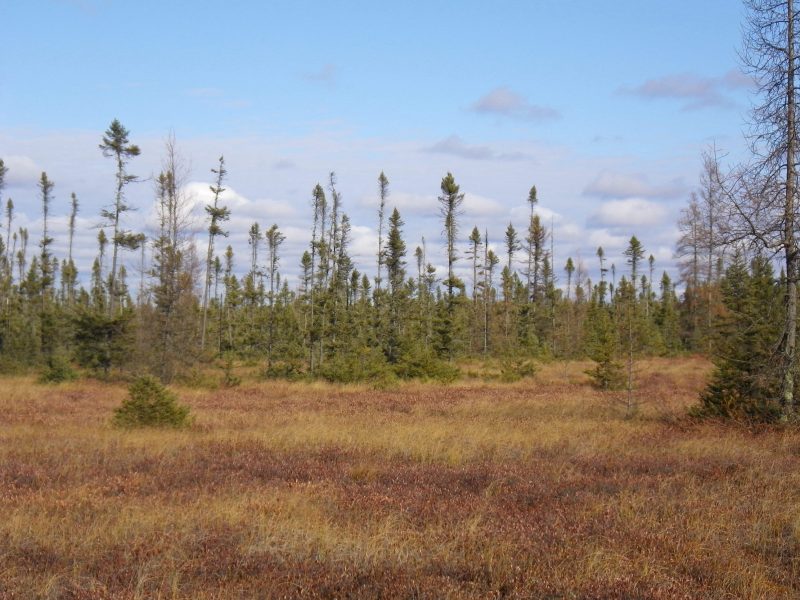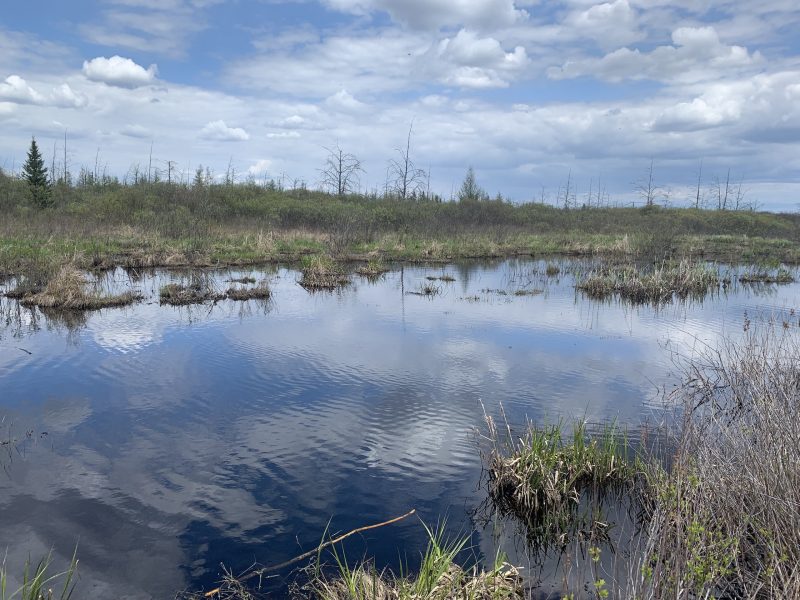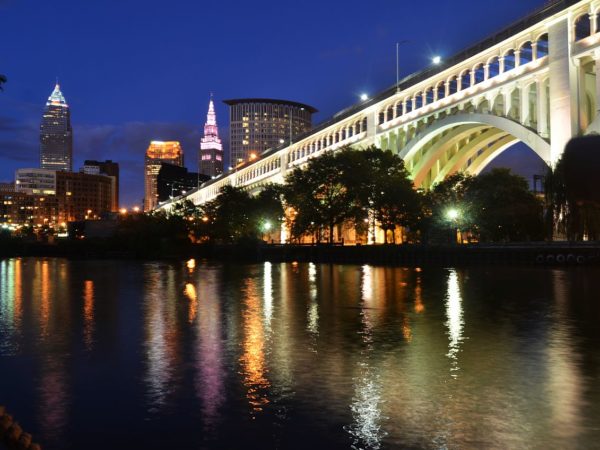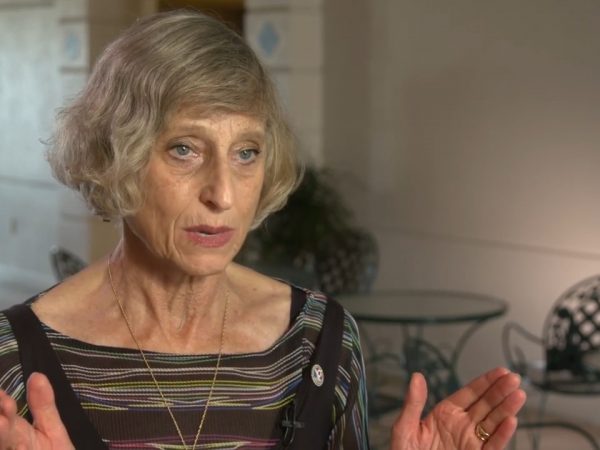
This article was republished here with permission from Great Lakes Echo.
By Kayla Nelsen, Great Lakes Echo
Researchers in Minnesota are creating a national map to identify peatlands – soggy areas of slowly decaying organic matter – and guides for how to restore them.
The idea is to save a landscape that occupies just 3 percent of the earth’s land area but stores over 30 percent of the planet’s carbon. The landscape is garnering attention from researchers and environmental organizations for its potential to mitigate the effects of climate change.
A type of wetland, these waterlogged environments store greater amounts of soil carbon over longer periods of time than other wetlands.

INTACT PEATLAND This St. Louis County peatland is considered to be intact. Only about 10 percent of Minnesota’s natural peatlands remain. Image: Erik Lilleskov.
“Think about these environments like a bank account,” said Kristen Blann, a freshwater ecologist for The Nature Conservancy’s chapter encompassing Minnesota, North and South Dakota. “The carbon stock is how much money you have in the account. Over longer periods of time, the account grows because peatlands store more carbon dioxide than they release.”
The U.S. Forest Service’s Northern Research Station in Minnesota has a $1 million federal grant to start the mapping and restoration project called PeatRestore.
The map, expected to be finished by summer, will use satellite data to plot peatland-classified wetlands nationwide for the first time.
“We wanted to help people prioritize on-the-ground actions for peatland restoration,” said Erik Lileskov, a U.S. Forest Service research ecologist and project lead. “A lot of degraded peatlands are in private ownership and people might want to figure out if their lands are considered to be priority restoration sites based on the map.”
In the early 1900s, drainage ditches were built across thousands of acres of Minnesota peatlands to drain the land for farming.
“They took those dirty, ugly peatlands that are just mosquito havens and drained them to convert them into something that’s useful from a growing perspective,” said Randy Kolka, a U.S. Forest Service research soil scientist.
When peatlands are drained or dry out naturally, the soils lose their ability to store carbon. Instead, they release a slew of greenhouse gases: carbon dioxide, methane and nitrous oxide. That cocktail exacerbates the greenhouse effect, worsening climate change.
“If we wouldn’t have drained 90 percent of our peatlands 100 years ago, we would have a very different globe right now,” Kolka said.
As temperatures warm, extreme weather is more common. That makes water levels vary drastically – another threat to how well peatland stores carbon.
“What we do know is that when you drain and convert peatlands, you lose the carbon very quickly, much more quickly than even under these climate scenarios,” Blann said.
In addition to the national peatland mapping, the scientists will study and restore Minnesota’s drained peatlands. Filling ditches in with native plants will help respread water throughout the area.

When drainage ditches in peatlands are blocked, the water begins to refill the landscape. Image: Erik Lilleskov.
“Restoring peatlands that have been converted to agricultural land has the greatest potential to reduce greenhouse gas emissions,” Lilleskov said.
The PeatRestore project is set to span several years. Restoration will begin by summer 2025, Blann said.
Peatland restoration has other ecological benefits. Minnesota’s popular birding destination, the Sax-Zim Bog, was restored in 2014 and is now a source of ecotourism revenue for the state.
“Restoration can help with water quality and improve the habitats of those ecosystems for things people care about, like wildlife and biodiversity,” Blann said. “Peatlands are just super cool ecosystems that were under-appreciated during the drainage era. They’re something that we can feel is uniquely Minnesotan and worth protecting.”
The best thing to fight climate change is to conserve Minnesota’s natural peatlands, Blann said.
“We are finding out that if anything, protecting what’s left is a big piece of the strategy,” Blann said. “We need to keep as much carbon locked up in the soil as we can.”
Peatlands must be valued as a climate change solution, Kolka said.
“Thirty years ago we wouldn’t have been talking about how important peatlands are for carbon,” Kolka said. “The whole idea with global peatland research is to understand how important these ecosystems are for our future. I’m a cheerleader for people knowing more about peatlands.”
Catch more news at Great Lakes Now:
Faced with COVID-era civil rights complaints, Chicago commits to environmental justice
Photobook illuminates the beauty of Michigan lighthouses
Featured image: The drainage ditches in a St. Louis County peatland redirect water out of the landscape. The majority of Minnesota’s peatlands were ditched in the early 1900s for agriculture and development. Image: Erik Lilleskov.




